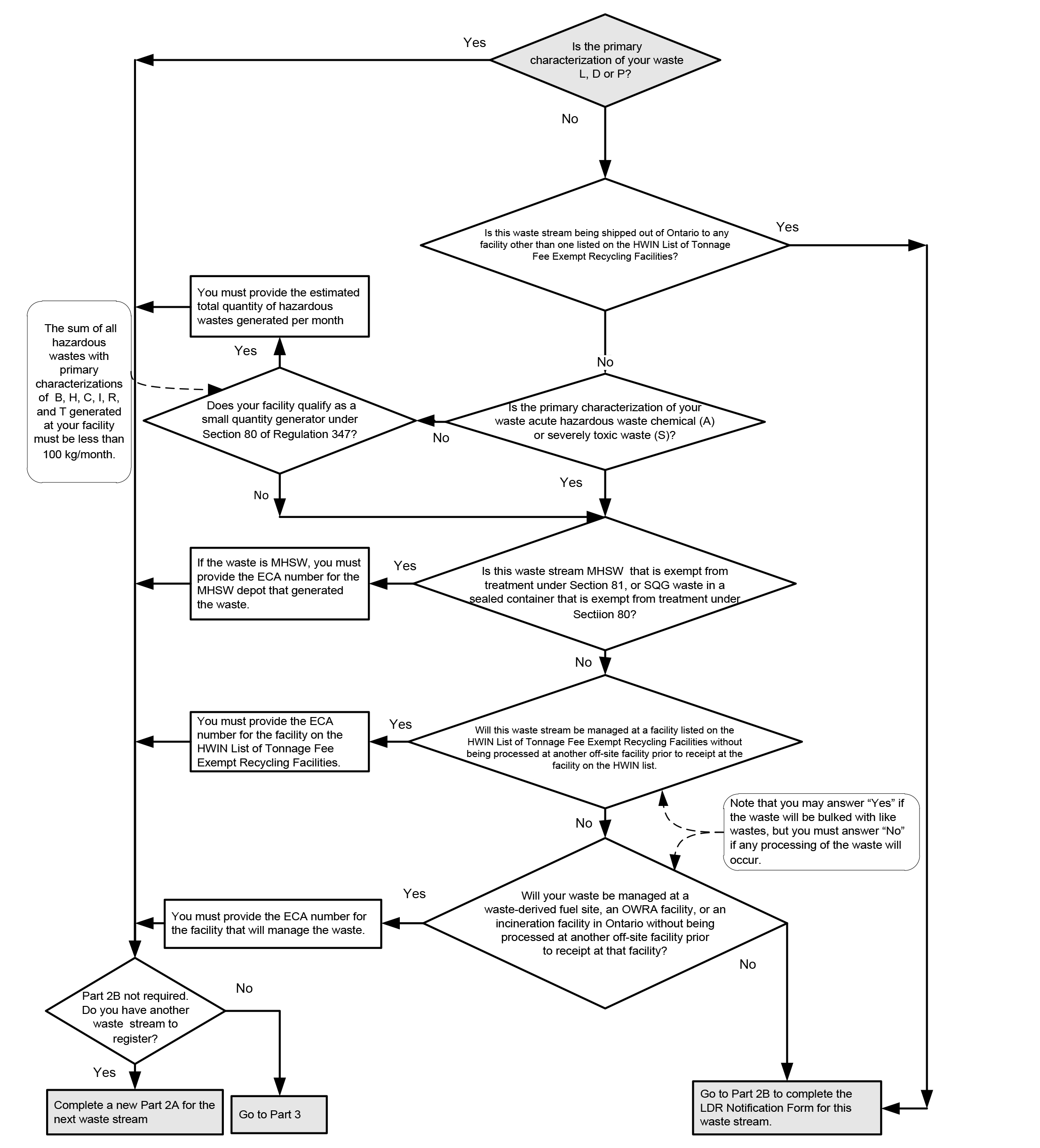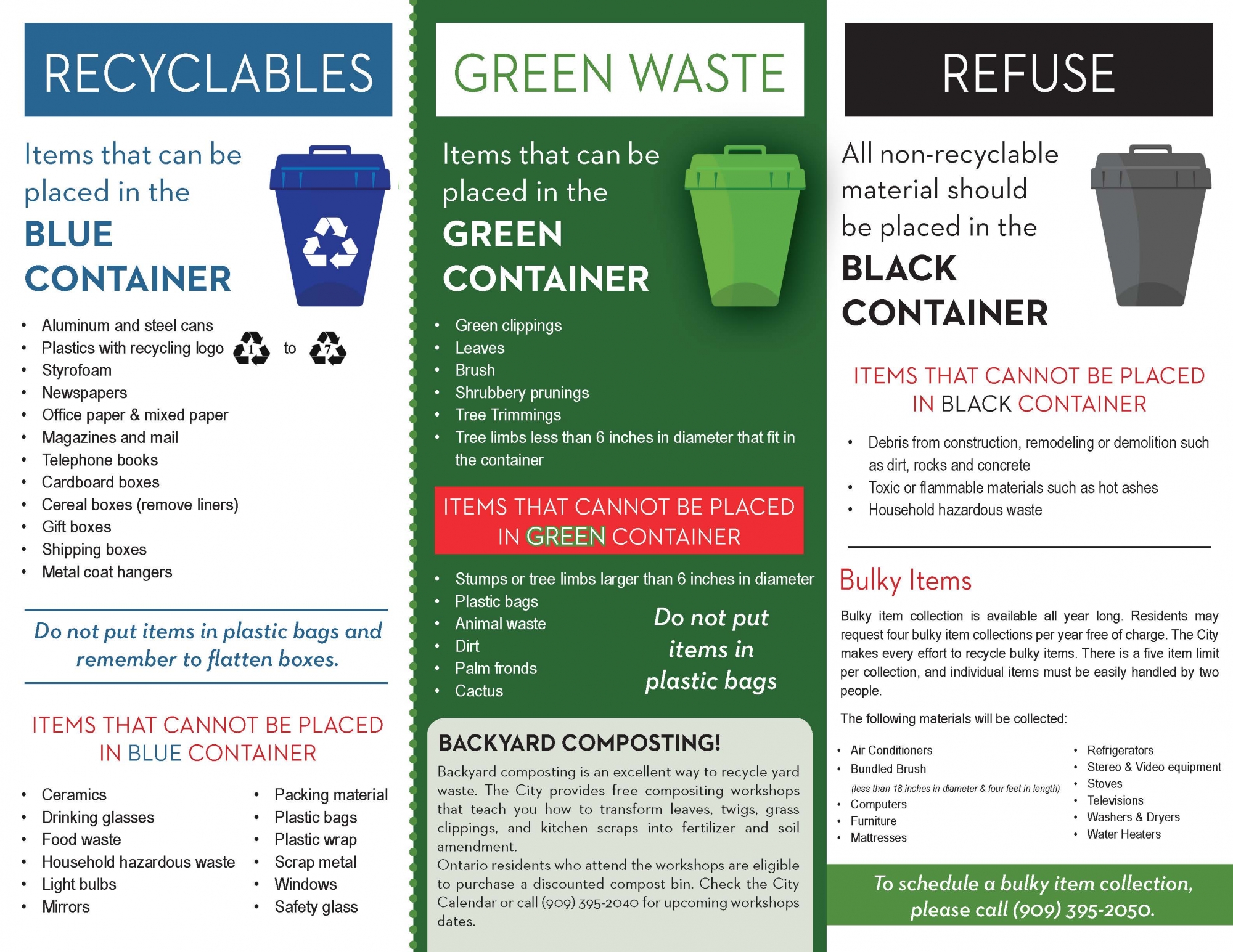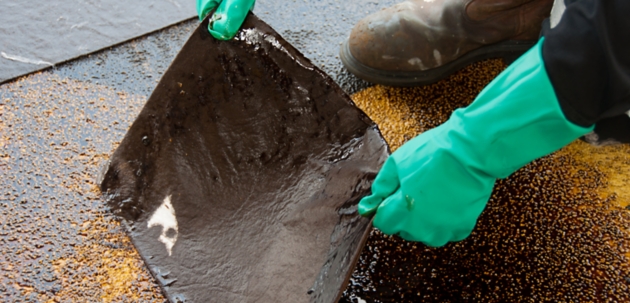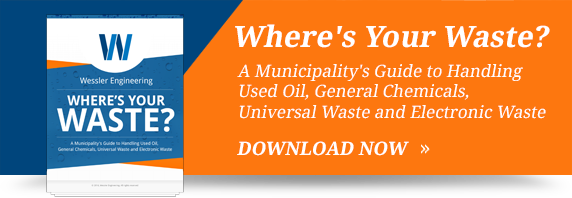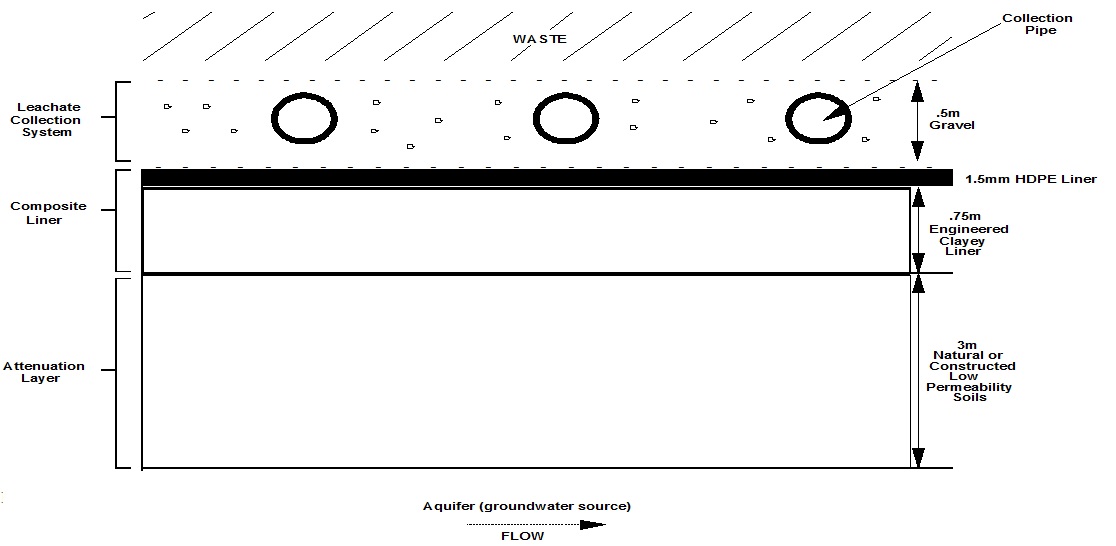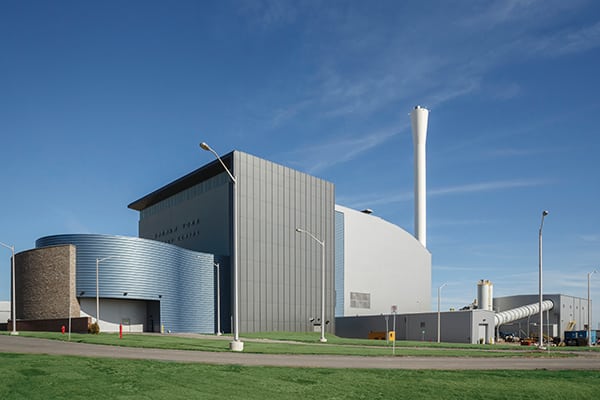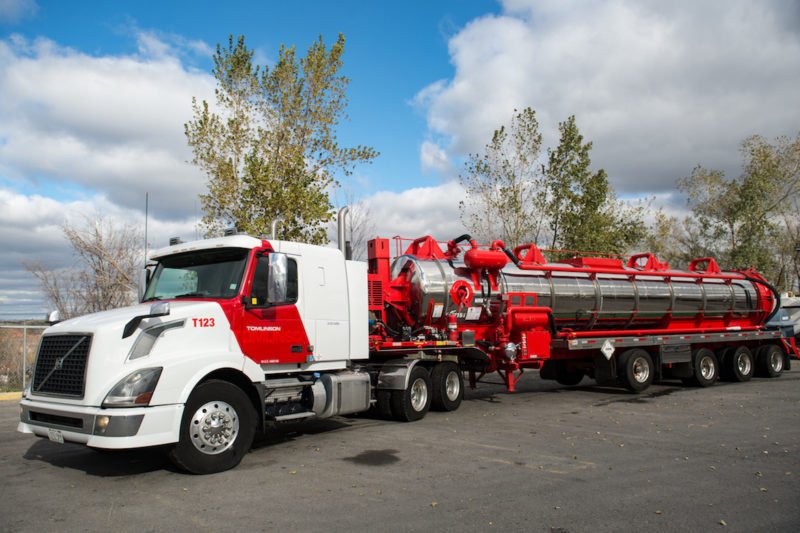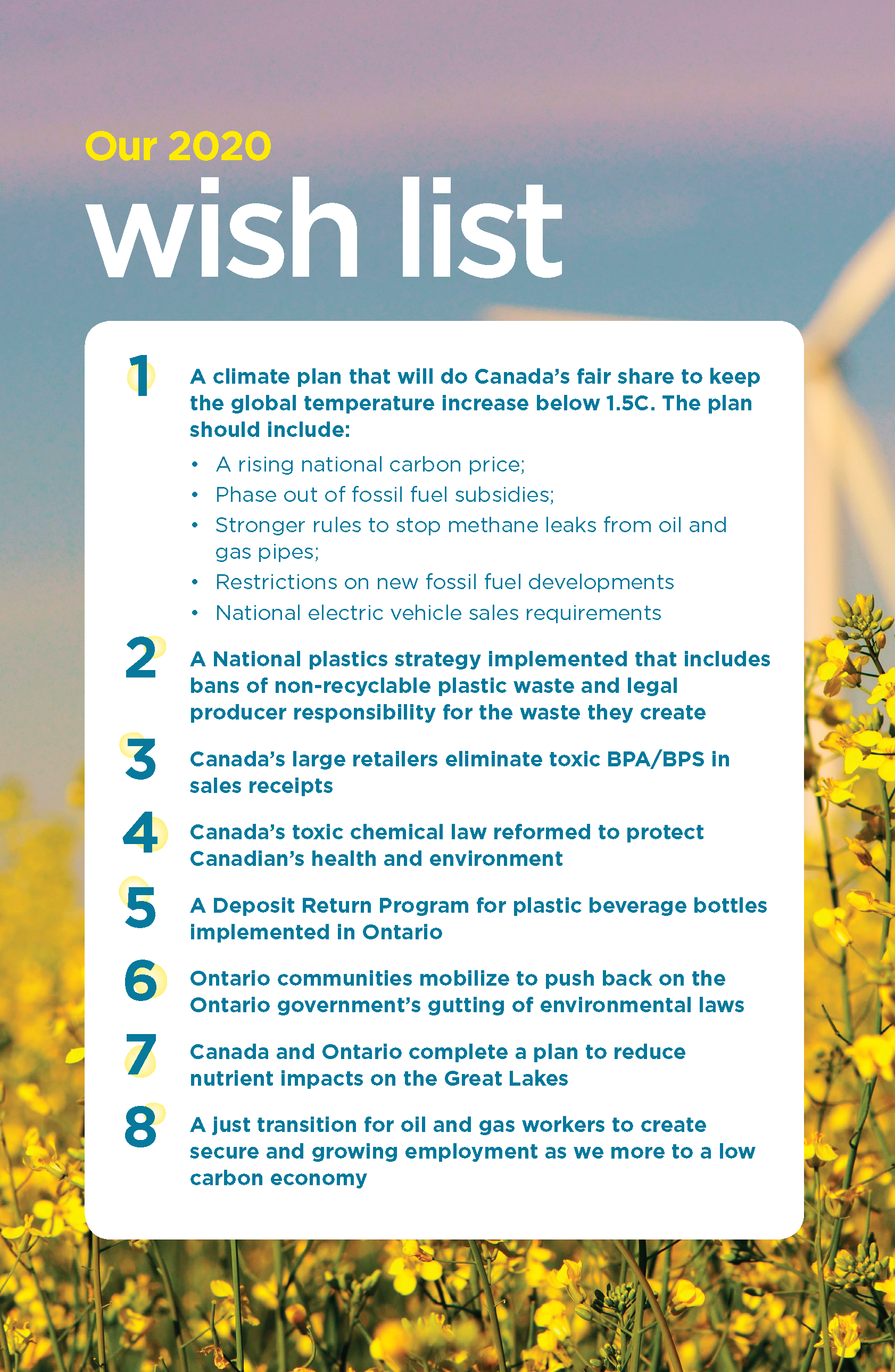Oily Rag Disposal Regulations Ontario
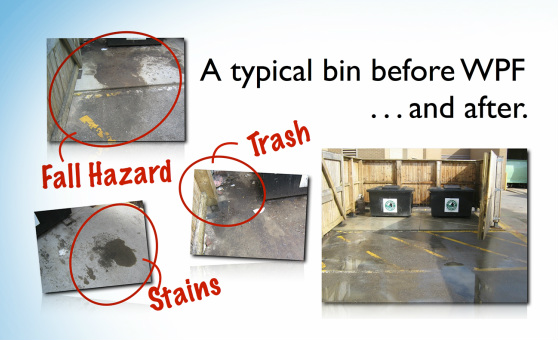
Do not overfill them and empty them at least at the end of every workday to reduce the chance of spontaneous combustion.
Oily rag disposal regulations ontario. Oil and solvent soaked rags must be stored and disposed of properly to prevent combustion fires. Some companies will clean absorbents after they have been used. Rags which contain free flowing liquid must be treated as used oil products. Any waste materials generated from an industrial process or waste by products going for disposal including solids semi solids and sludge are also considered regulated waste and can be regulated by the.
This includes fairly innocuous waste materials such as left over paint from renovations hydraulic oil spent coolants and effluent solutions. 29 cfr 1910 106 allows daily disposal in such a container at or near the point where the waste is generated as contemplated by epa requirements which you have summarized. As long as the lid is sealed you can keep the rags in the container until you re ready to take them to a disposal facility. It is important to maintain proper fire extinguishing equipment and smoke detectors in all areas where flammable and combustible materials are being used and stored.
Special oily waste cans should be used to store oil soaked rags. Oil absorbents can be disposed of in a landfill if. These containers allow air to flow around the rags thus dissipating the heat. Waste oil has been drained so that no visible signs of free flowing oil remain in or on the oil absorbent materials and.
The epa does not regulate oily rags as a waste as long as the rags do not have any free flowing oil are free of any other hazardous contaminant and do not meet the definition of a characteristic hazardous waste. Assuming the 55 gallon drum mentioned in your letter is equipped with a metal cover it would be suitable for daily disposal of combustible waste such as wipe rags. The waste cans should not have plastic liners and they should be emptied daily. Disposal of waste material or debris by burning shall comply with local fire regulations.
These are made of metal and have self closing lids. 1926 252 e all solvent waste oily rags and flammable liquids shall be kept in fire resistant covered containers until removed from worksite. Oil soaked rags are a spontaneous combustion hazard because as the oil oxidizes heat is released. Solvent soaked rags are not a spontaneous combustion hazard but may be a fire hazard since many solvents are flammable.
The easiest and safest way to store and dispose of flammable oily rags is to soak them in water in a metal container with a lid. Place cloth paper and other solid materials that are soaked with flammable and combustible liquids in approved oily waste disposal cans.

